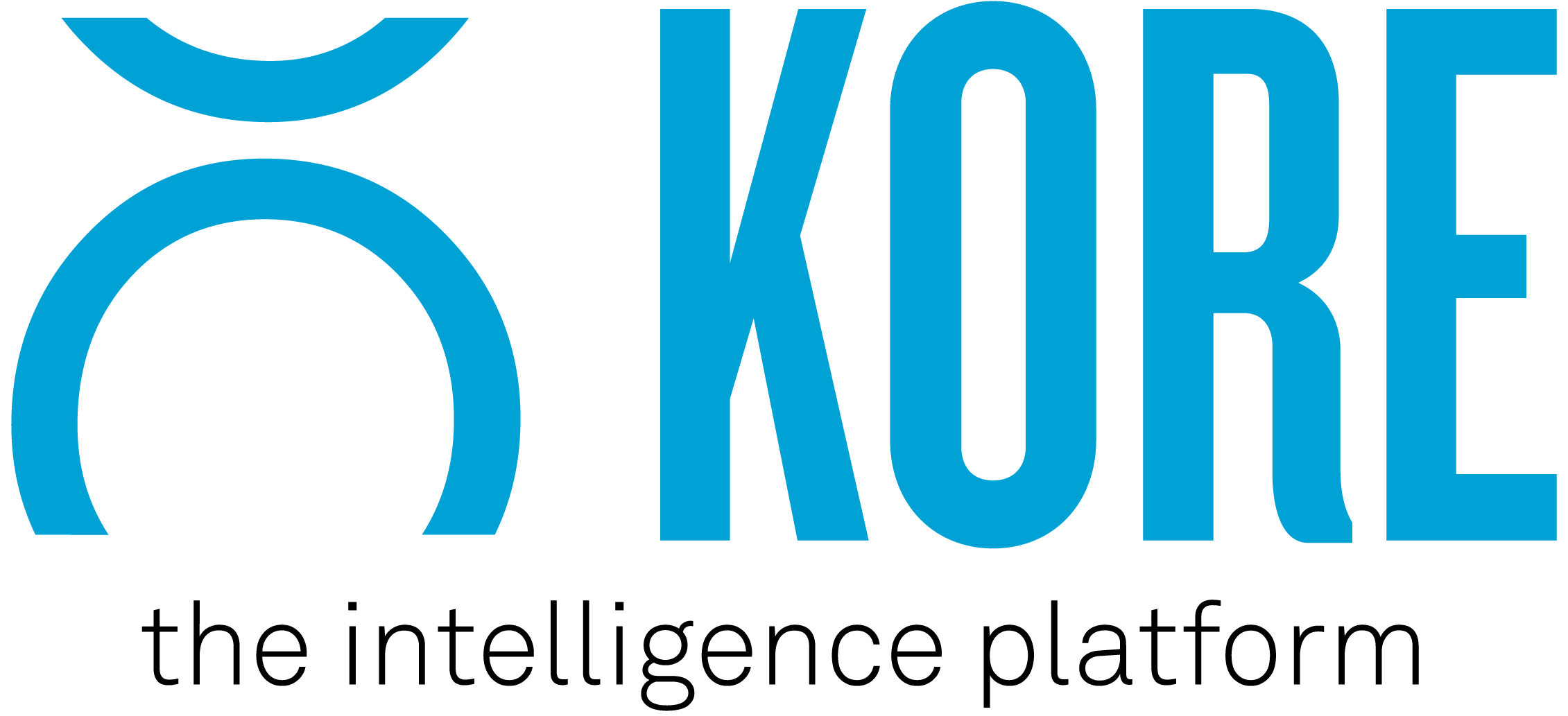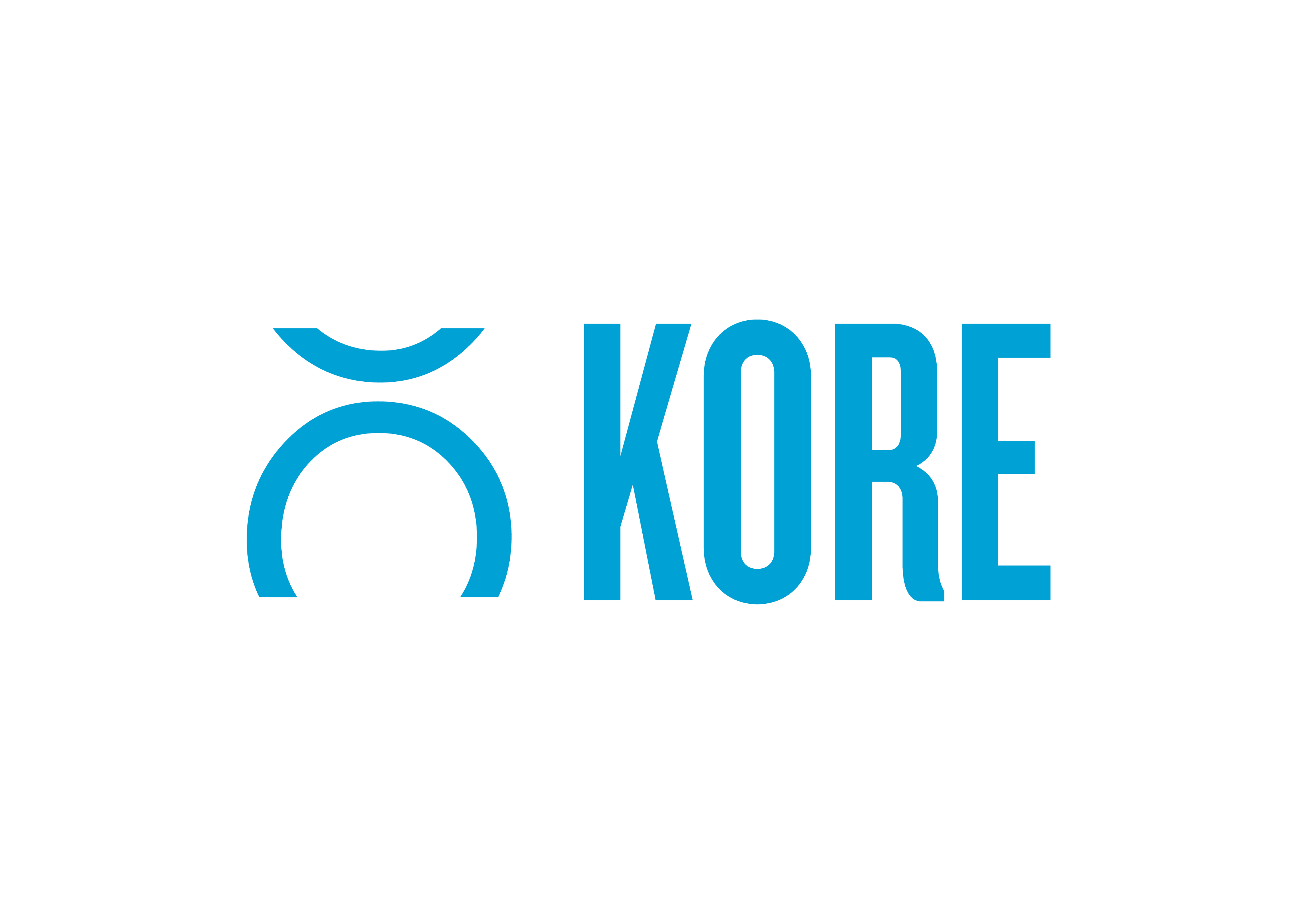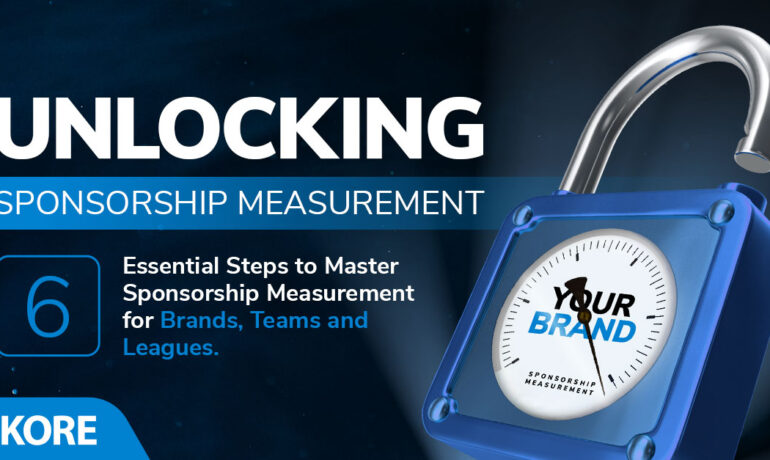6 Essential Steps to Master Sponsorship Measurement for Brands, Teams and Leagues
Trying to determine the ever-elusive, true impact of sponsorship investments is the most sought-after quest amongst brands today, according to our recent industry survey. Both brands and rights holders face the complex challenge of measuring sponsorship performance to maximize ROI and drive strategic decisions. KORE’s extensive resources and State-of-the-Industry insights provide the essential tools and data to navigate this intricate process.
In this article we aim to help:
- Demystify sponsorship measurement,
- Highlight its importance
- Offer a step-by-step approach to get started, supported by real-world examples and KORE’s expertise.
What Partnership Data Matters to Measure?
Determining what data matters to measure in sponsorships is a complex and ongoing process that involves a comprehensive team effort and cultural alignment within the organization. Here are the steps a brand should follow to effectively identify key metrics and ensure they align with both strategic objectives and stakeholder expectations:
- Identify Key Objectives: Start by defining clear and measurable objectives for your sponsorships. These could include increasing brand awareness, driving sales, enhancing brand image, or engaging specific audience segments. Clearly stated goals provide a foundation for what needs to be measured.
- Engage Stakeholders: Collaborate with all relevant stakeholders, including marketing, sales, finance, and partnership teams, to understand what they need to see or measure. Stakeholders will have different perspectives on what success looks like, so it’s crucial to gather their input.
- Determine Metrics of Interest: Based on the objectives and stakeholder input, identify the key performance indicators (KPIs) that will help measure success. These could include metrics such as brand visibility, audience engagement, lead generation, sales impact, and media value.
- Cultural Alignment and Team Effort: Ensure that the entire organization understands and is aligned with the importance of these metrics. This cultural shift involves training, regular communication, and a shared vision of what sponsorship success looks like.
- Data Collection and Analysis: Implement tools and processes for collecting data consistently and accurately. Use platforms that integrate various data sources to provide a holistic view of sponsorship performance. Regular analysis of this data will help in making informed decisions.
- Regular Review and Adjustment: Measurement is an iterative process. Regularly review the effectiveness of your chosen metrics and make adjustments as needed. This ensures that the metrics remain relevant and aligned with evolving business goals and market conditions.
- By following these steps, brands can develop a robust framework for measuring sponsorship performance that is tailored to their specific objectives and stakeholder needs. For more detailed strategies and tools for effective sponsorship measurement, refer to our comprehensive guide here.
Solutions to Sponsorship Measurement
Recognizing the need for a new approach is crucial. Whether you are a brand, rights holder, venue, or agency, the objective often comes down to finding efficiencies, alignment, and collaboration within the business to create more performance and value from partnerships. From a technical perspective, this translates into using a single platform that provides total visibility of investments and rights, smarter integrations, data aggregation, and real-time custom reporting and insights.
Option 1: Single Sponsorship Platform
A single platform can revolutionize how you manage sponsorships by offering a comprehensive view of all investments and rights. This approach allows for smarter data integrations and the aggregation of information from various sources, resulting in more accurate and timely reporting. Real-time insights enable businesses to make data-driven decisions that enhance performance and maximize the value of partnerships.
Option 2: Social Media Analytics to Measure Value
The power of social media cannot be understated. For instance, earlier this spring Lionel Messi’s monthly social following hitting 500 billion exceeds the TV audience of the 2024 Superbowl by nearly four times. By leveraging social viewership and verified engagement metrics, brands can achieve reach and engagement levels that traditional TV cannot match. Integrating elite athletes into your sponsorship strategy can significantly boost visibility, credibility, and ROI. Tools like KORE Social (formerly Hookit) can help identify top athletes who drive value for brands across various sports, offering deeper insights into social media impact and engagement.
Sponsorship Measurement Conclusion
In conclusion, both a single platform for comprehensive sponsorship management and leveraging social media analytics are critical in today’s sponsorship landscape. Each provides unique advantages that, when combined, can drive unparalleled visibility, performance, and ROI for your sponsorship investments.
Ready to take your sponsorship management to the next level?
Download Our State of the Industry Report: Gain deeper insights into the latest trends and data in sports sponsorship.
Request a Demo: Learn how KORE can help you measure your partnership’s value and maximize ROI.


